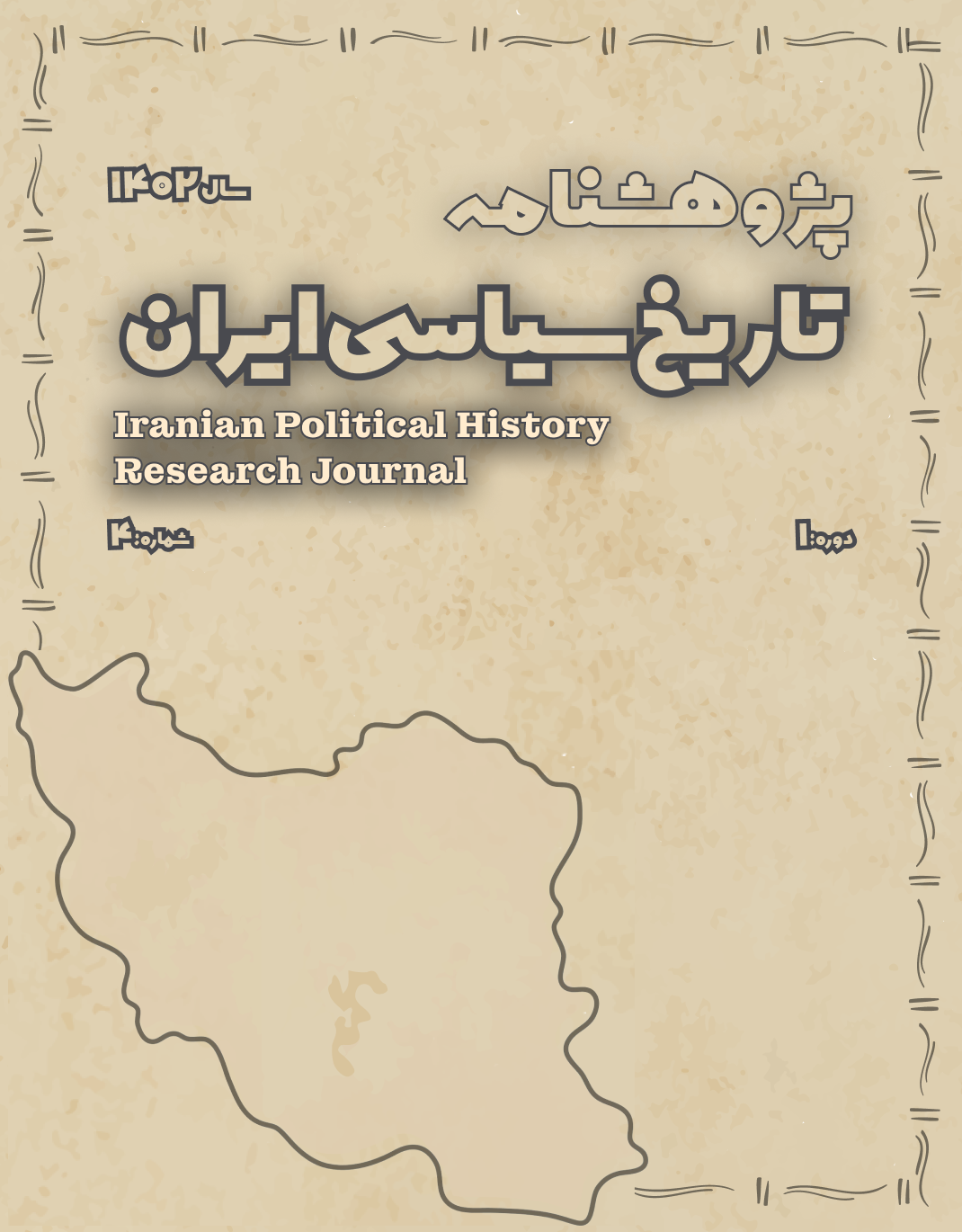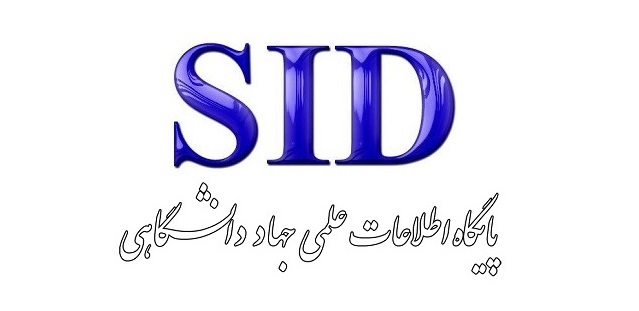The Role of the Diwan of Kharaj in Structuring the Revenues of the Safavid State and Its Relationship with Political Legitimacy
Keywords:
Diwan of Kharaj, Safavid State, Fiscal Bureaucracy, Political Legitimacy, Political Economy of IranAbstract
This article analyzes the role of the Diwan of Kharaj in structuring the revenues of the Safavid state and its connection to political legitimacy. Using an analytical-historical approach and drawing on reputable primary and secondary sources, the study examines the administrative structure of the Diwan of Kharaj, its revenue sources, and its accounting and auditing functions. The findings indicate that the Diwan not only played a pivotal role in securing financial resources for the court, military, religious institutions, and public affairs, but also contributed to strengthening the political legitimacy of the Safavid state through equitable resource distribution, financial support of religious institutions, and enhancement of public welfare. A comparative analysis of the Diwan’s performance with similar institutions during the Buyid and Qajar periods reveals that the endurance or collapse of governments in pre-modern Iran largely depended on the efficiency of their fiscal bureaucracy. As an economic-political institution, the Diwan of Kharaj in the Safavid era served as a mechanism for legitimacy reinforcement and maintained public trust in the government, whereas its decline in the late Safavid period significantly contributed to political disintegration. The findings highlight the critical role of financial institutions in economic regulation and political stability in Iran’s traditional states and offer a basis for future comparative studies on the interrelation between economy and legitimacy.
Downloads
References
Aubin, J. (1988). Emirs et vizirs dans l'Iran safavide. In Studia Iranica, 17(1), 89–120.
Babayan, K. (2002). Mystics, Monarchs, and Messiahs: Cultural Landscapes of Early Modern Iran. Harvard University Press.
Blake, S. P. (1999). Half the World: The Social Architecture of Safavid Isfahan, 1590–1722. Mazda Publishers.
Floor, W. (2001). Safavid Government Institutions. Mazda Publishers.
Lambton, A. K. S. (1953). Landlord and Peasant in Persia: A Study of Land Tenure and Land Revenue Administration. Oxford University Press.
Matthee, R. (2012). Persia in Crisis: Safavid Decline and the Fall of Isfahan. I.B. Tauris.
Mitchell, C. (2003). Legitimacy and the State in Twentieth-Century Iran: A Study in the Political Order. Palgrave Macmillan.
Roemer, H. R. (1986). The Safavid Period. In The Cambridge History of Iran, Vol. 6 (pp. 189–351). Cambridge University Press.
Savory, R. M. (1980). Iran under the Safavids. Cambridge University Press.
Weber, M. (1978). Economy and Society: An Outline of Interpretive Sociology (G. Roth & C. Wittich, Eds.). University of California Press.









